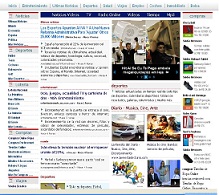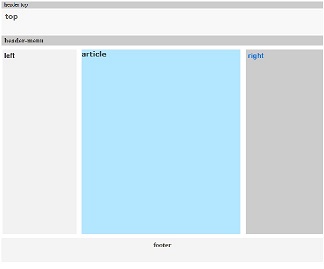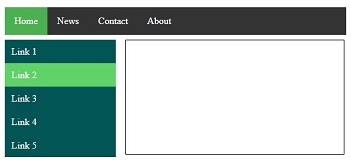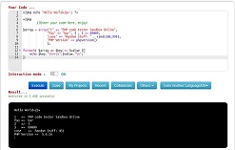PHP Install
PHP Tutorial » PHP Install
How do I install PHP packages?
The easiest way to get everything ready to work with PHP under Windows is an "All in one" package.
To make your computer a miniserver you need to download one of the respective programs:
1. Xampp: completely free, easy to install Apache distribution containing MariaDB, PHP, and Perl.
2. WampServer: allows you to create web applications with Apache, PHP and the MySQL database, PHPMyAdmin and SQLite Manager to easily manage your databases.
3. AMPPS: easy to install software as: Apache, Mysql, PHP, Perl, Python and Softaculous auto-installer that can be used on Desktops and office servers.
4. MAMP. comes free of charge, and is easily installed.
5. UwAmp is a Wamp Server with Apache MySQL PHP and SQLite, and it comes with an very smart interface that offers various information.
6. EasyPHP is a complete WAMP (Windows, Apache, MySQL and PHP) tool
Install a web server on your own PC
How to quickly install a web server on your own PC (PHP MySQL)
1. Download Xampp installation program by searching google where we find more websites where we can download
2. Install Xampp (keeping the default settings). Note: You must uninstall Apache, PHP or MySQL from your computer (if you already have them) before installing Xampp.
3. Run Xampp control panel by starting Apache, MySQL
4. A folder will open, representing the location where the files will be taken from when they are displayed in the browser (usually C: \ XAMPP \ htdocs \). This location is called Document Root and all the .php files you write must be placed here in htdocs
5. Save a test file to the location above. Give it a suggestive name, like test.php. Edit the file so that it contains the following sequence: <? php print "Hi, you did! This is your first PHP script"; ?>
6. Open a browser and go to http://localhost/
You well get all information.
7. By accessing http: //localhost/test.php a white page with the above message should be displayed.
Why do I need a web server?
By installing the XAMPP package, your personal computer becomes a web server (local, that's right - accessible only by you).
Basically, the PC behaves like a site with the address http: // localhost / (or http://127.0.0.1/).
It is very important that PHP files are accessed through the web server, as it recognizes PHP scripts and automatically invokes the PHP interpreter.
Without this web-server brokerage, PHP scripts would not be processed but sent as they are to the browser.
Post-Install XAMPP
Use the "XAMPP Control Panel" for additional tasks, like starting/stopping Apache, MySQL, FileZilla and Mercury or installing these as services.
Remember! All PHP files you write (including test files taken from this site) * must * be stored in the Document Root folder (default location is C: \ Program Files \ xampp \ htdocs). The local web server installed by XAMPP will only search the files in this location. If the files are saved elsewhere they will not be available.
Tags: php install windows 10
php install linux
how to install php in windows 7
php install ubuntu
php install mac
install php 7
install php 8
Can I install PHP on my computer?
What means install PHP?
How do I install PHP packages?
Do I need to install PHP on Linux?
PHP Install - php tutorial
This tool makes it easy to create, adjust, and experiment with custom colors for the web.

Magnews2 is a modern and creative free magazine and news website template that will help you kick off your online project in style.

Find here examples of creative and unique website layouts.

Find here examples of creative and unique website CSS HTML menu.

